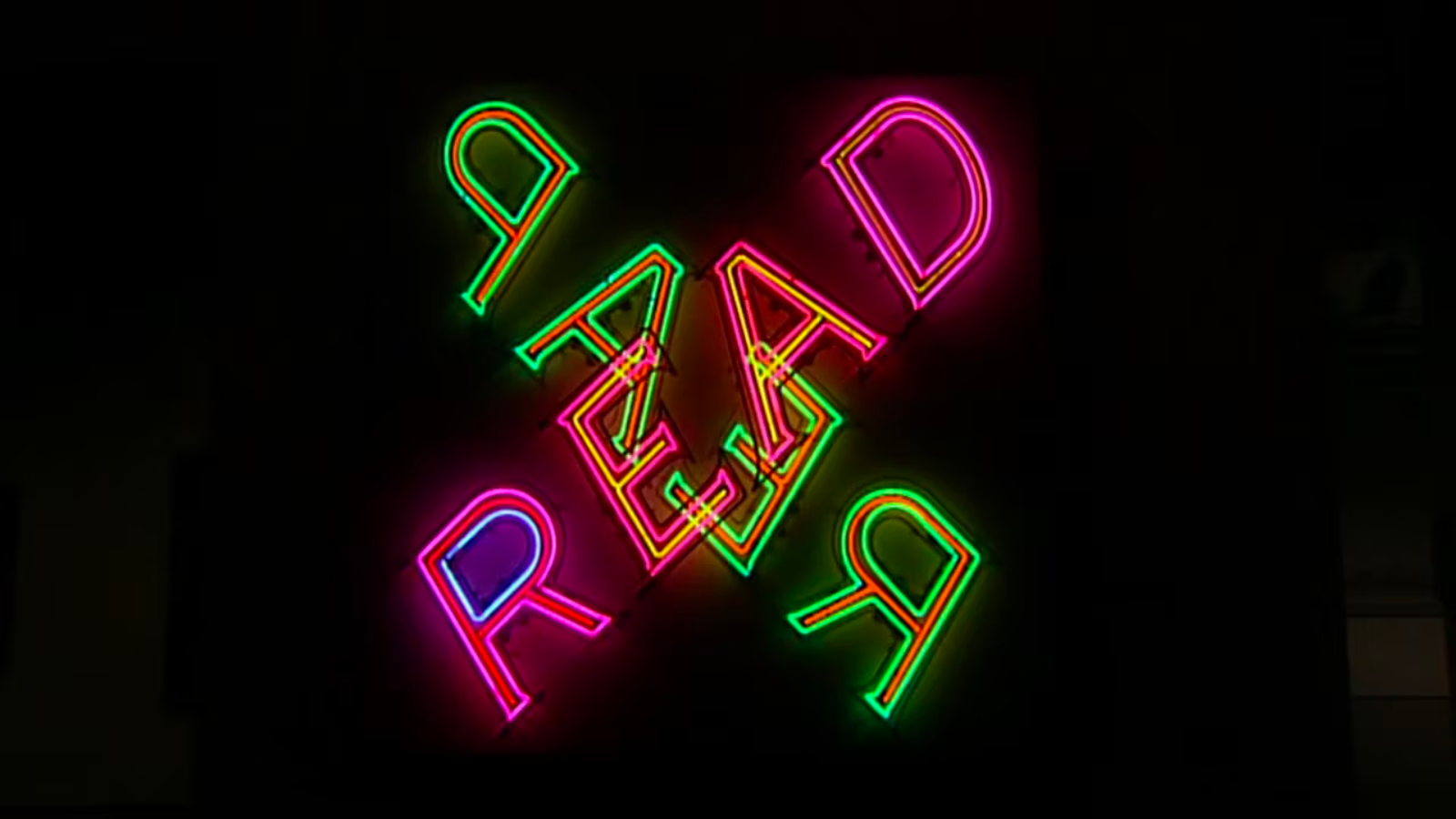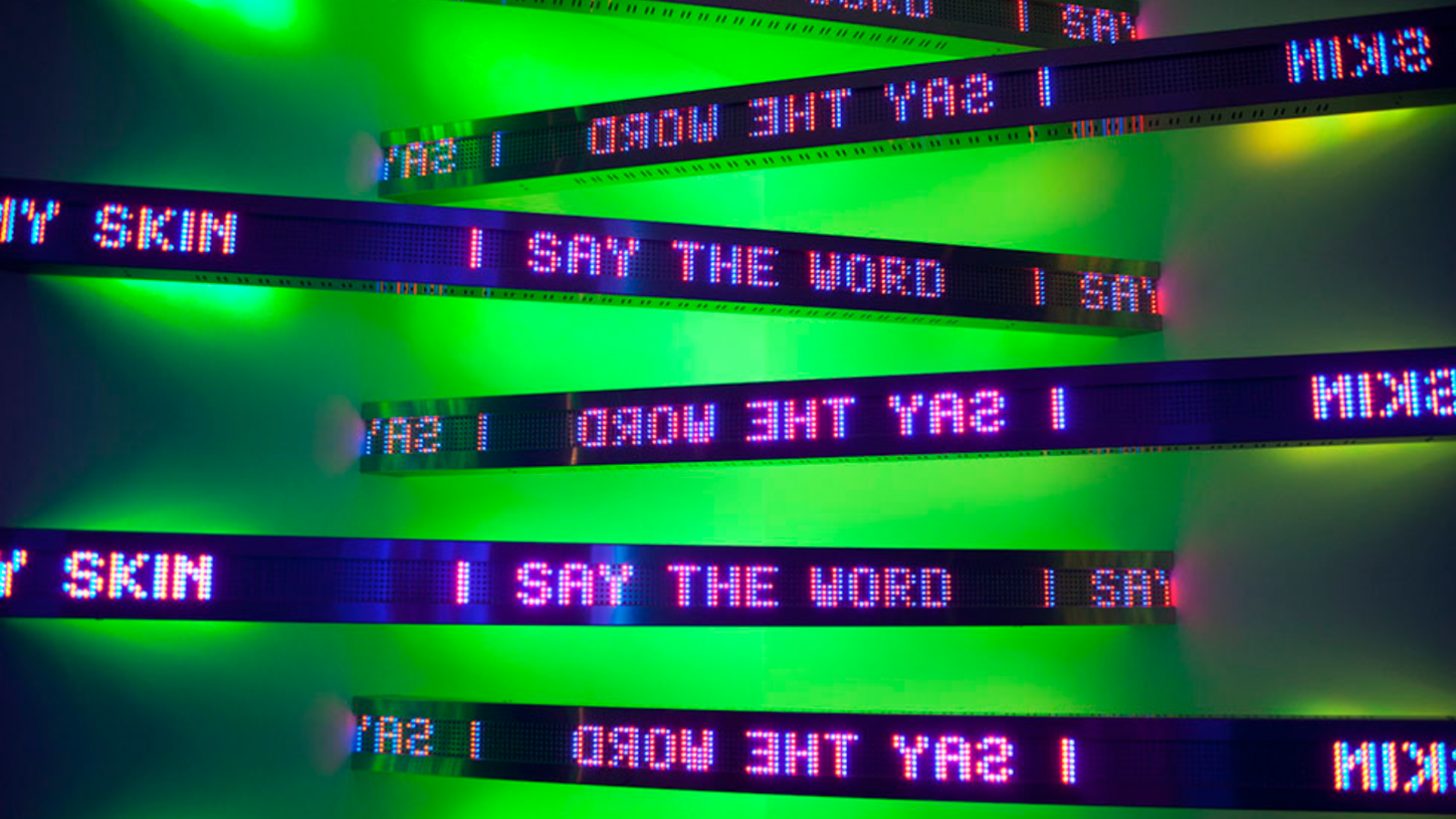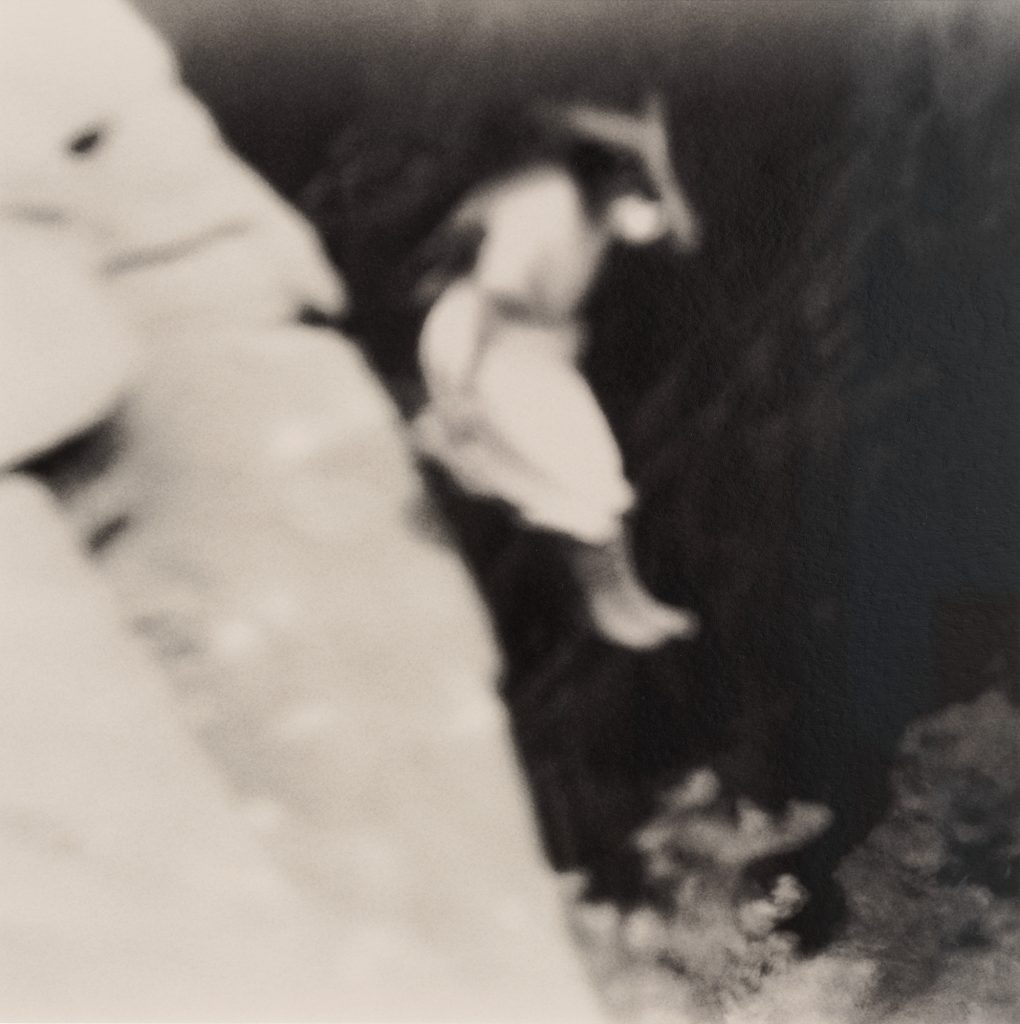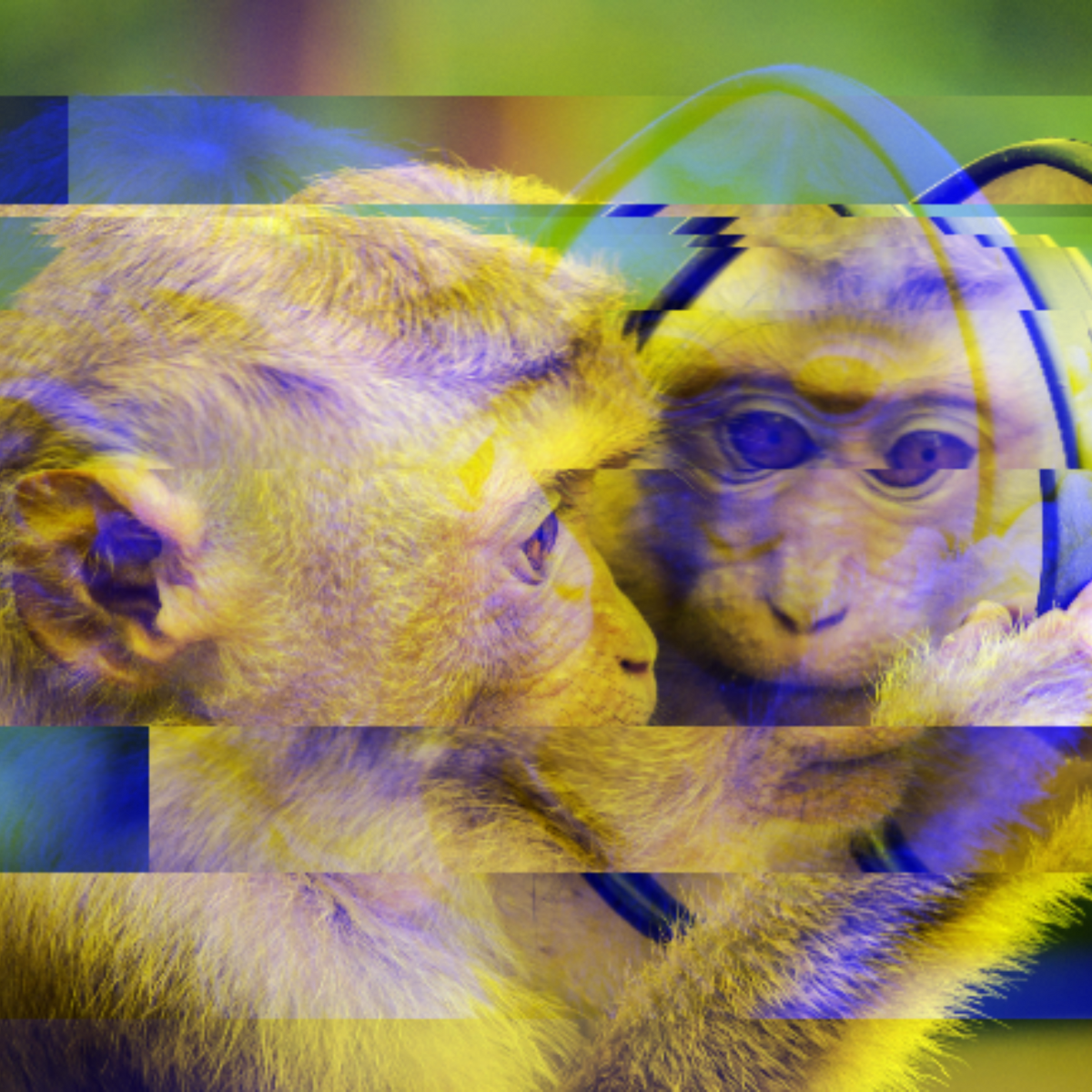- Magazine Dirt
- Posts
- AI Bleed
AI Bleed
Part two of our series on artificial intelligence and body horror.
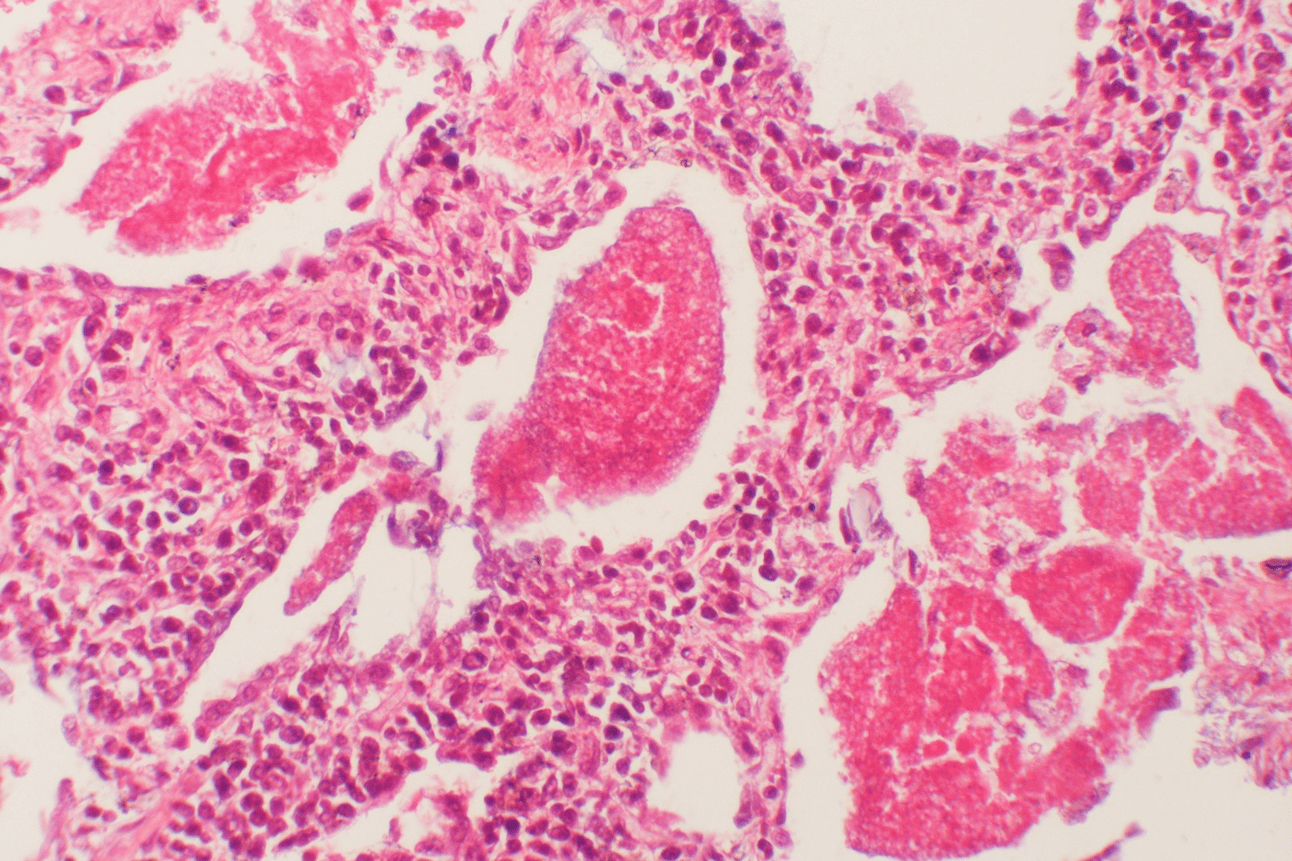
Wikimedia Commons
Michelle Santiago Cortés on the boundary between human, software and machine. To read the first part of this series, AI Abjection, click here.
I love asking my mom inappropriate questions about blood. She is a hematologist (and oncologist), so her job is to treat diseases of the blood, like diabetes and anemia. Because I am a writer, I only ask her the type of questions that would concern a writer: I ask her about what blood means to her: I don’t know. I ask her if blood can conduct electricity: WTF Michelle. I ask her if, as a devout Catholic, she ever thinks about how she goes to mass on Sundays, consumes the blood of Christ, then goes back to her job of being a blood doctor on Mondays: Not really. I ask her how she can think blood is gross if she made a habit out of sitting packs of blood slides in the passenger seat of her car when I was growing up: Because it’s work! Before I could keep asking her questions she interrupted me: You haven’t asked me any questions about the mechanics of blood.
I ask her if, as a devout Catholic, she ever thinks about how she goes to mass on Sundays, consumes the blood of Christ, then goes back to her job of being a blood doctor on Mondays
Up to this point she had refused to consider the possibility that the body and the machine had anything of substance in common. But her use of the word “mechanic” felt like a small victory. Maybe talking about blood like you would water in a hydraulic system pushes the smell of decay further away—but to me it signaled that we are more used to talking about the body as if it were a machine than we are willing to acknowledge. In theory, we’re religious about keeping these spheres—human and machine—separate. However, in practice, there’s more bleeding than we’re willing to admit.

Developments in generative AI have accelerated the production of digital images, texts, and other forms of art–activities we consider exclusively human–and it’s making us very anxious. We are telling ourselves a story of technological advancement in which the machine penetrates into the most human of activities. Some say it’s enhancement while others argue it’s contamination. In either case, it raises questions about where we humans stand and what new meaning it can give our very human cultural outputs.
I previously wrote about how humans react to AI with disgust–reading it as off, not right, and unnatural—thereby limiting its intrusion into art and culture. We can recoil from the sickening facsimiles of human things–be they our faces, bodies, or art. We can fall into the Valley of the Uncanny, where the robotic or artificially-intelligent comes across as eerie and unsettling. However, we can always develop a taste for them and slowly train our natural instincts to reformulate their responses to the unknown.
But our deep concerns don’t just have to do with metabolizing AI, they also concern the “bleed” of software into culture, areas where the human hand and mind have always been the dominant mode. This desire to “staunch” the bleed has less to do with the inherent qualities of AI culture and more to do with our fragile ability to draw firm boundaries between AI and human cultures.

ARTIFICIAL INTELLECT
|
|
|
|
